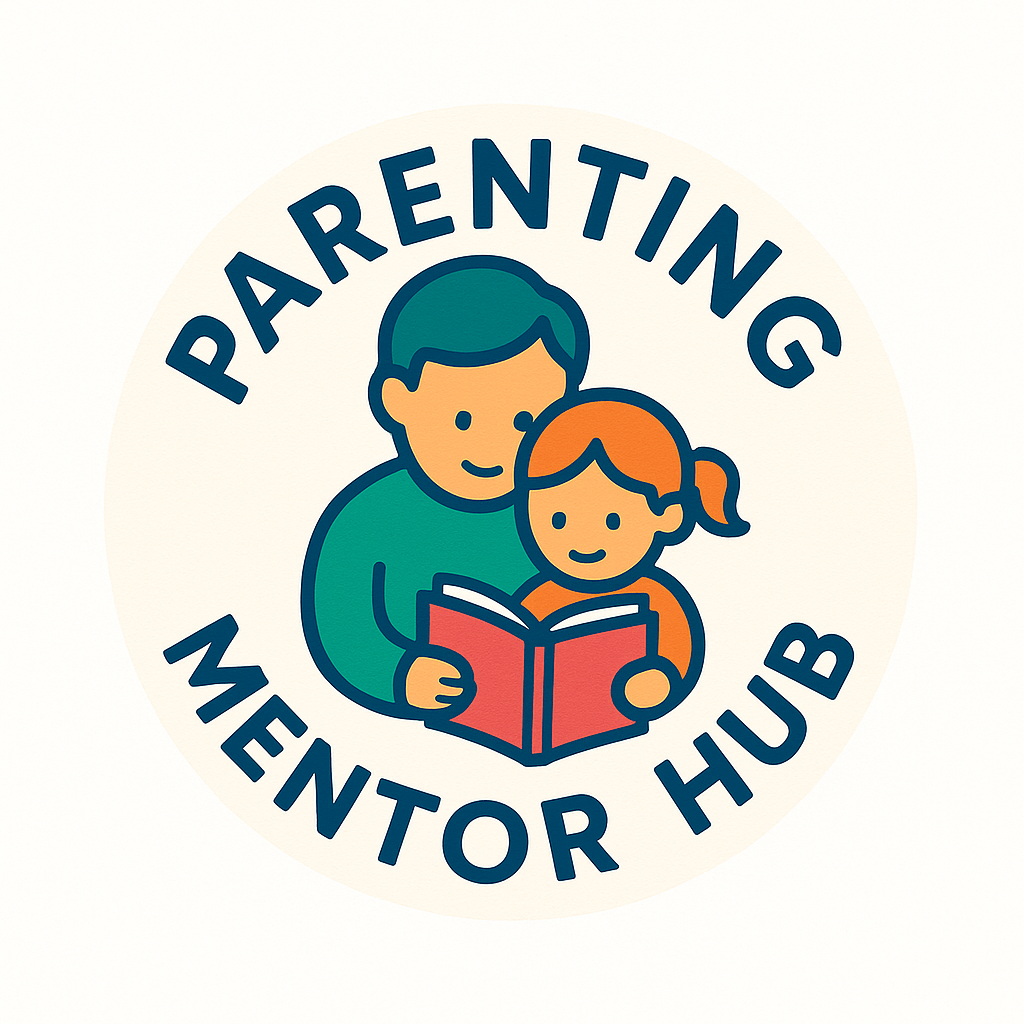
Teaching a young child to read is easier than you might think if you follow a few simple guidelines. The most important first step is to foster a love of books and stories from an early age. Children who enjoy being read to and exploring stories are naturally more motivated to learn to read themselves.
Understanding the Challenge of the English Language
The English language is one of the most difficult to read due to its complex spelling system. Unlike some languages with consistent letter-sound relationships, English has evolved from many linguistic roots, making its spelling less straightforward. When you are teaching your child to read, it’s important to keep this in mind and choose methods that acknowledge these challenges.
Why Reading is So Important
Reading is the foundation for a child’s success at school and beyond. In the early years of schooling, the focus is on teaching children to read and write. However, by Year 5, this shifts. By this stage, children are expected to use their reading skills to learn other subjects. Without a solid grasp of reading, they risk falling behind in all areas of study.
This issue becomes even more critical as children enter secondary school, where teachers focus on their specific subjects rather than helping students with reading difficulties. Struggling readers may face challenges in passing key qualifications (like GCSEs in the UK), which can limit their opportunities for further education or employment, potentially leading to negative outcomes.
Practical Steps for Teaching Your Child to Read
- Create a Reading Routine: Read with your child every day, even if it’s just for a few minutes. Use this time to explore different types of books and encourage their interest in stories.

- Use Proven Reading Schemes: Some reading programmes, like the Ladybird Peter and Jane books, have been highly effective for many families. They may seem old-fashioned, but these books provide a structured approach to reading with repetitive language patterns that build confidence and comprehension. They’re particularly useful for children who struggle with other methods. For a carefully chosen list of recommended reading schemes, be sure to check out our resource page.
- Teaching Your Child Letter-Sound Relationships: Introduce your child to the connection between letters and sounds (phonics) by starting with simple words and gradually progressing to more complex ones. Keep these sessions short, engaging, and fun. For example, you can write words like “cat,” “hat,” “mat,” and “sat,” and demonstrate how changing just one letter creates new words. Using letter tiles or writing each letter on separate pieces of paper can make this activity even more interactive. Your child can physically swap out one letter for another, reinforcing their understanding.
While phonics is a great foundation, it’s important to remember its limitations in English. Eventually, your child will need to focus on “sight words” – those essential words that don’t follow typical phonics rules but are crucial for fluent reading.
- Be Patient and Encouraging: Every child learns at their own pace, so celebrate small victories and remain supportive, even when progress feels slow.
